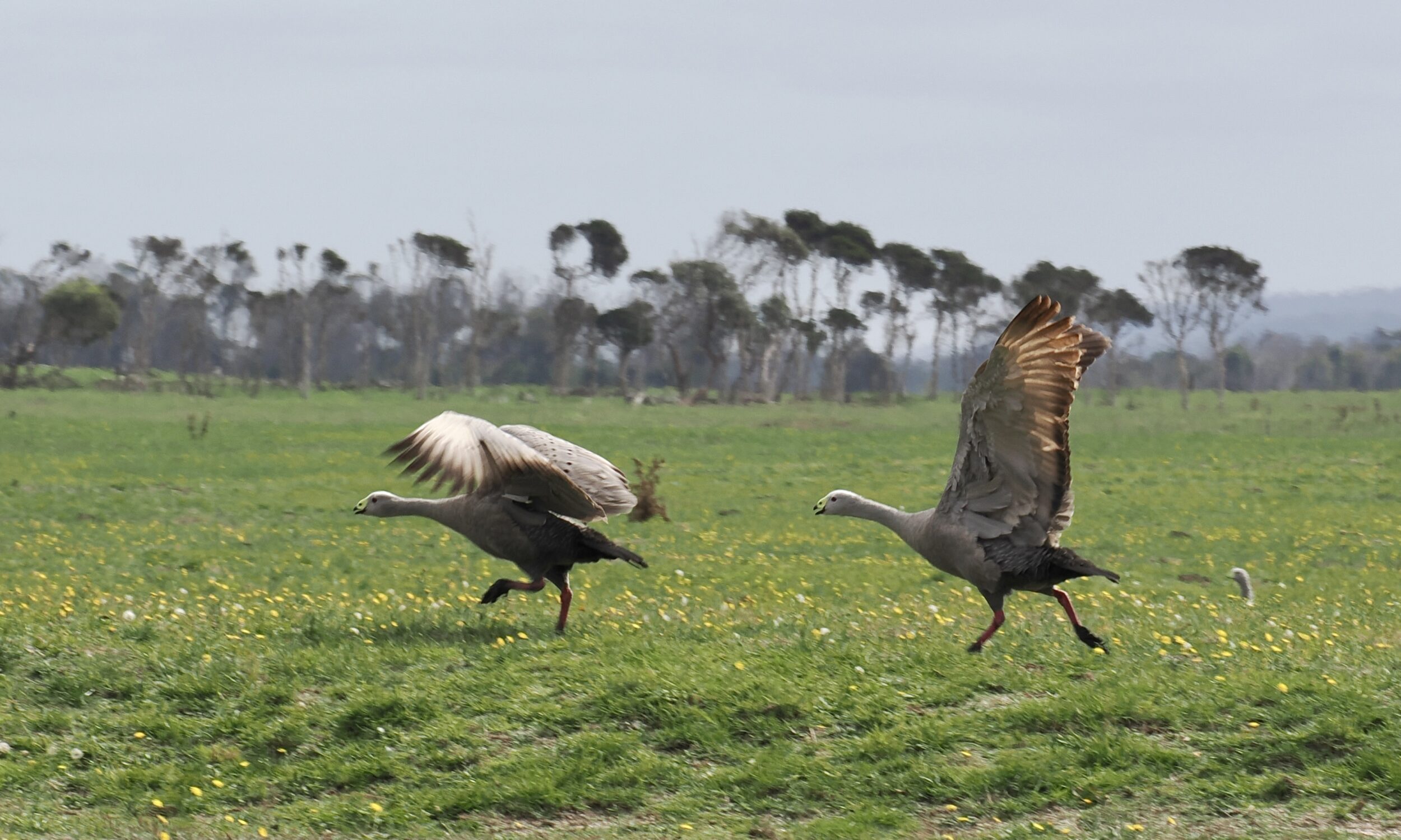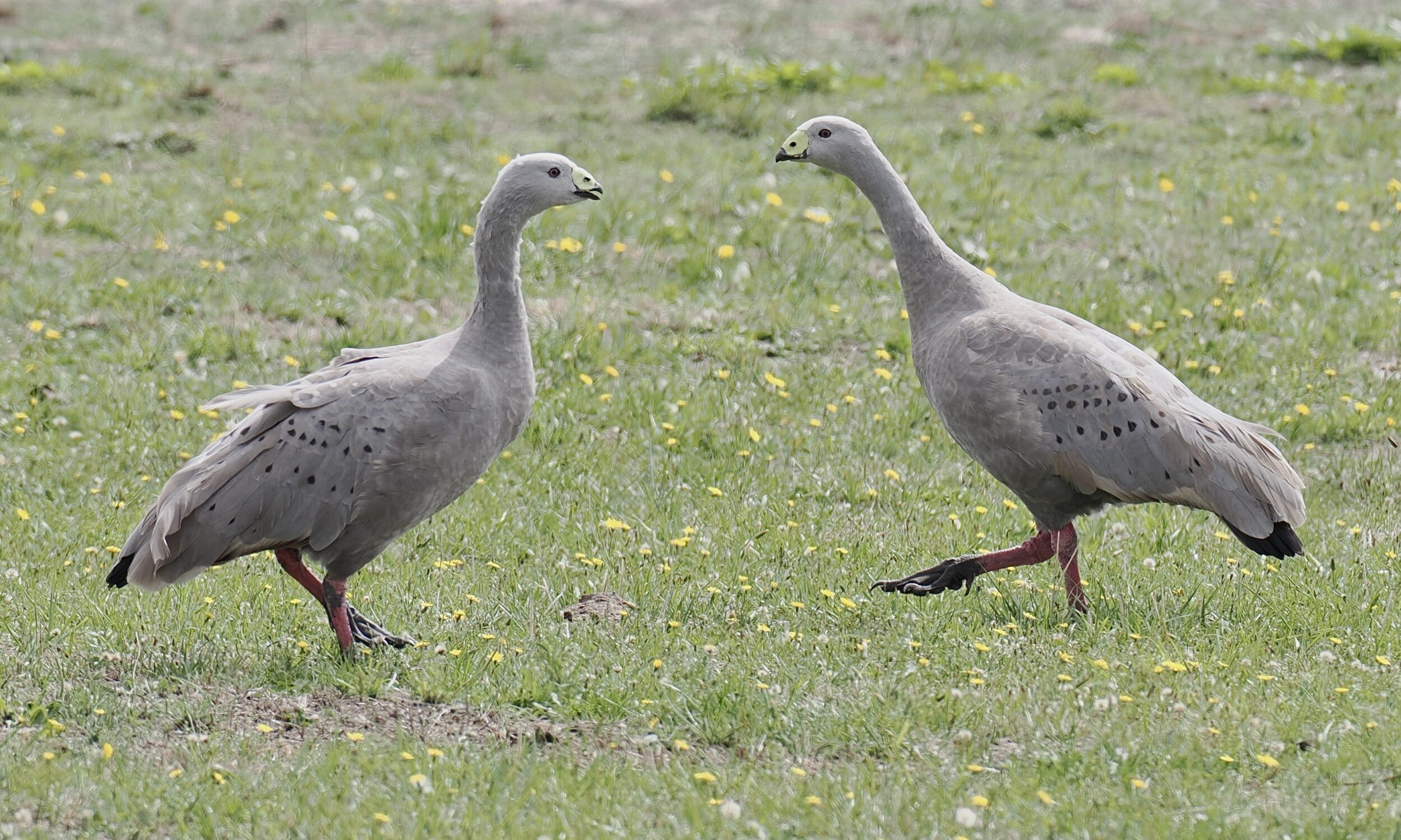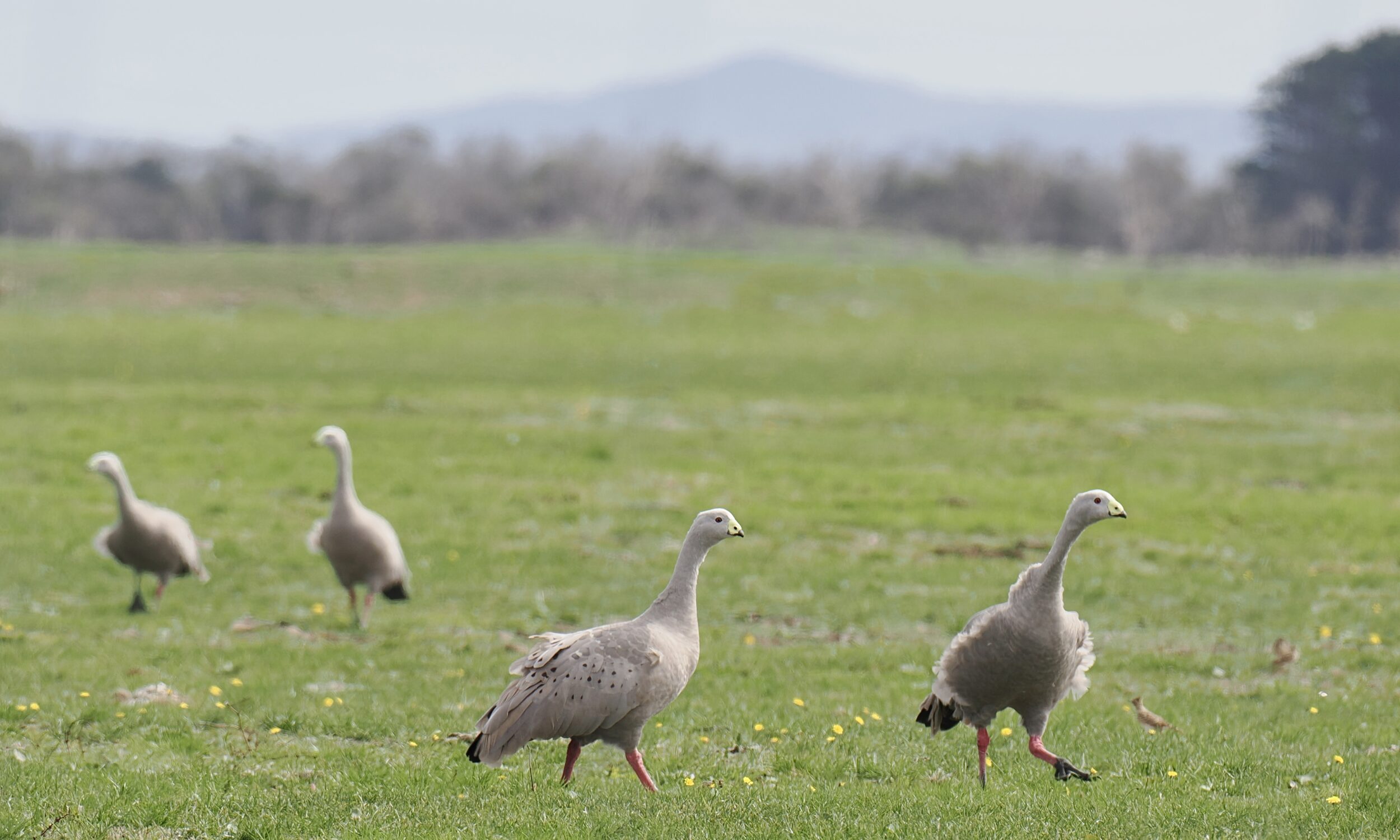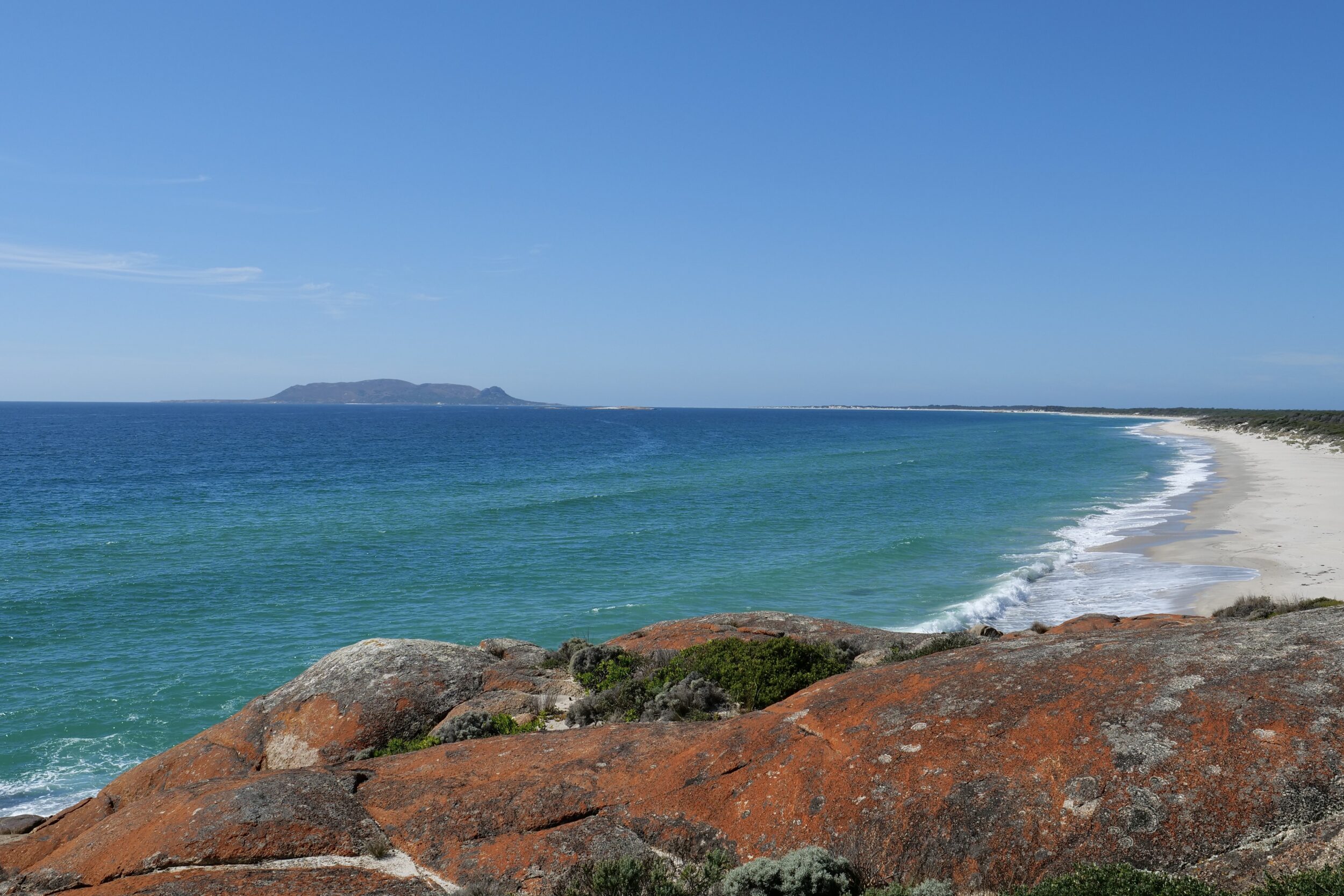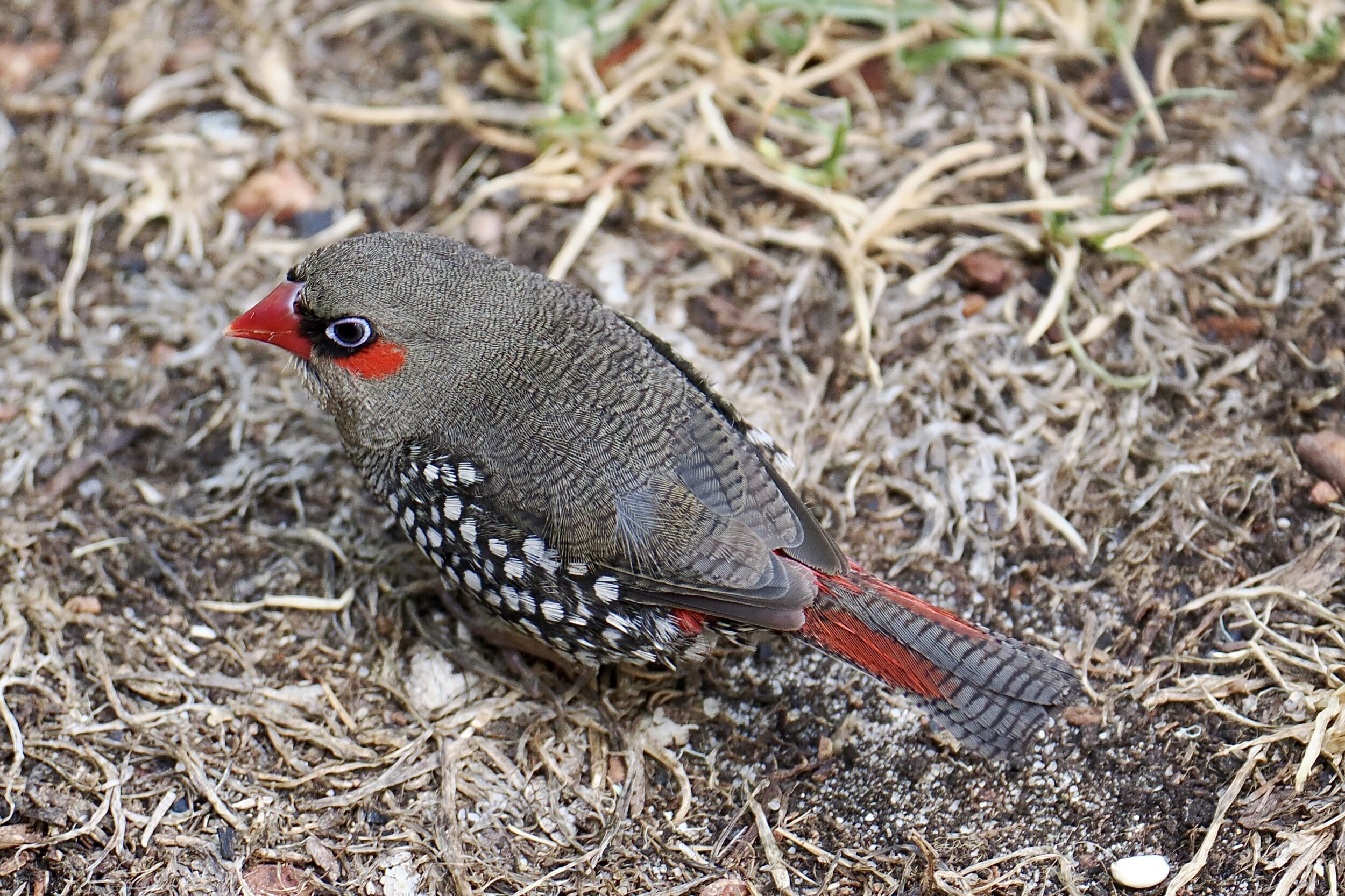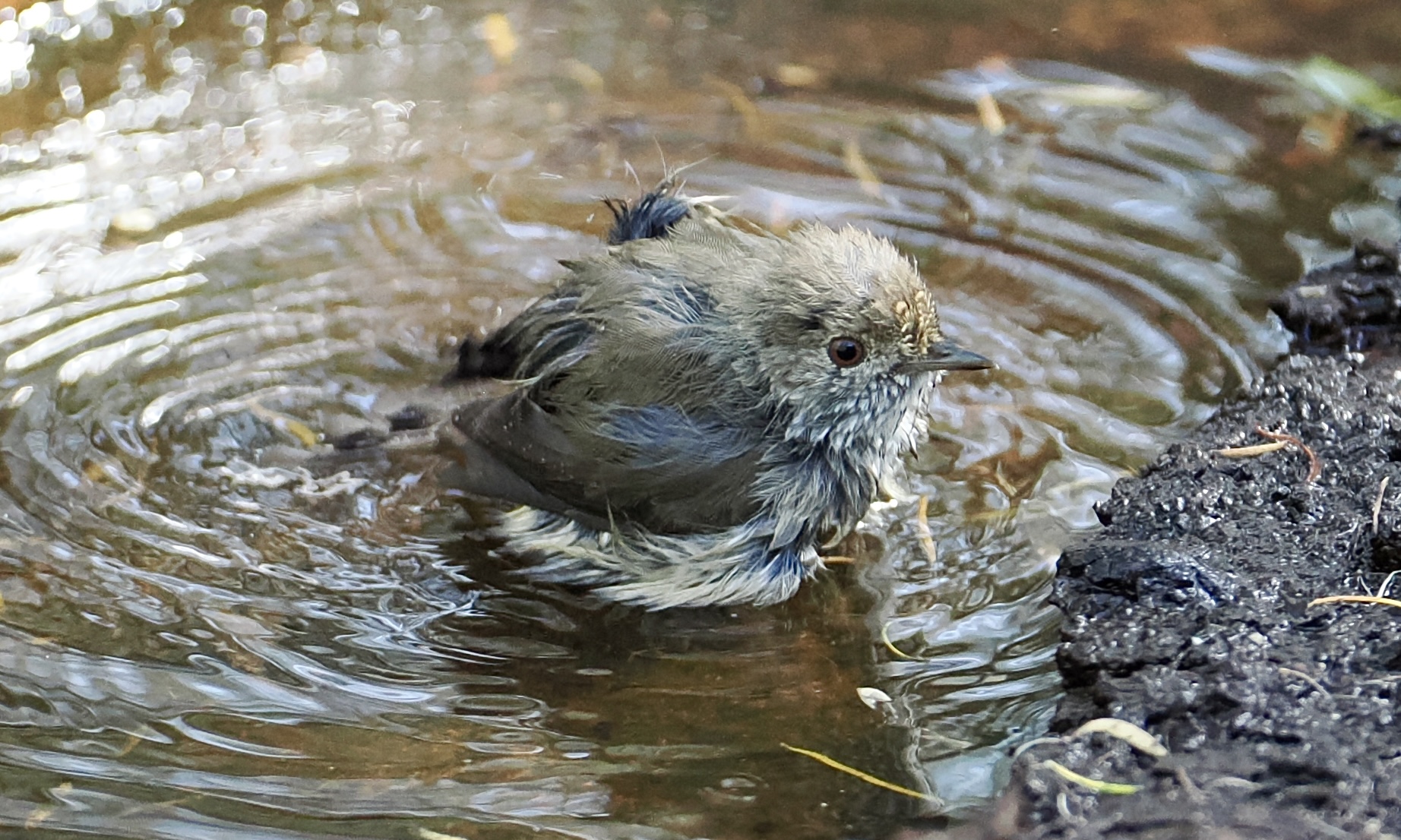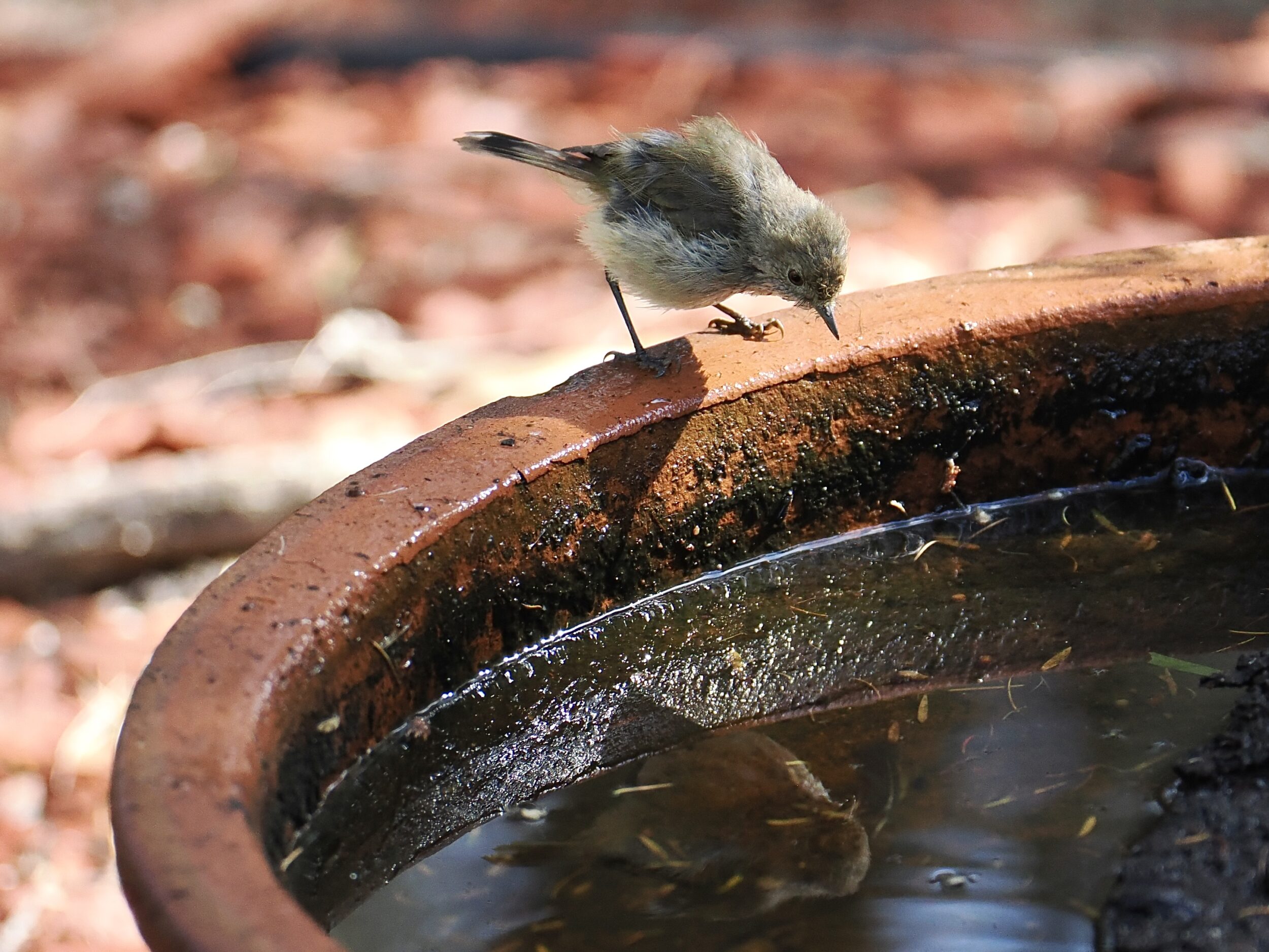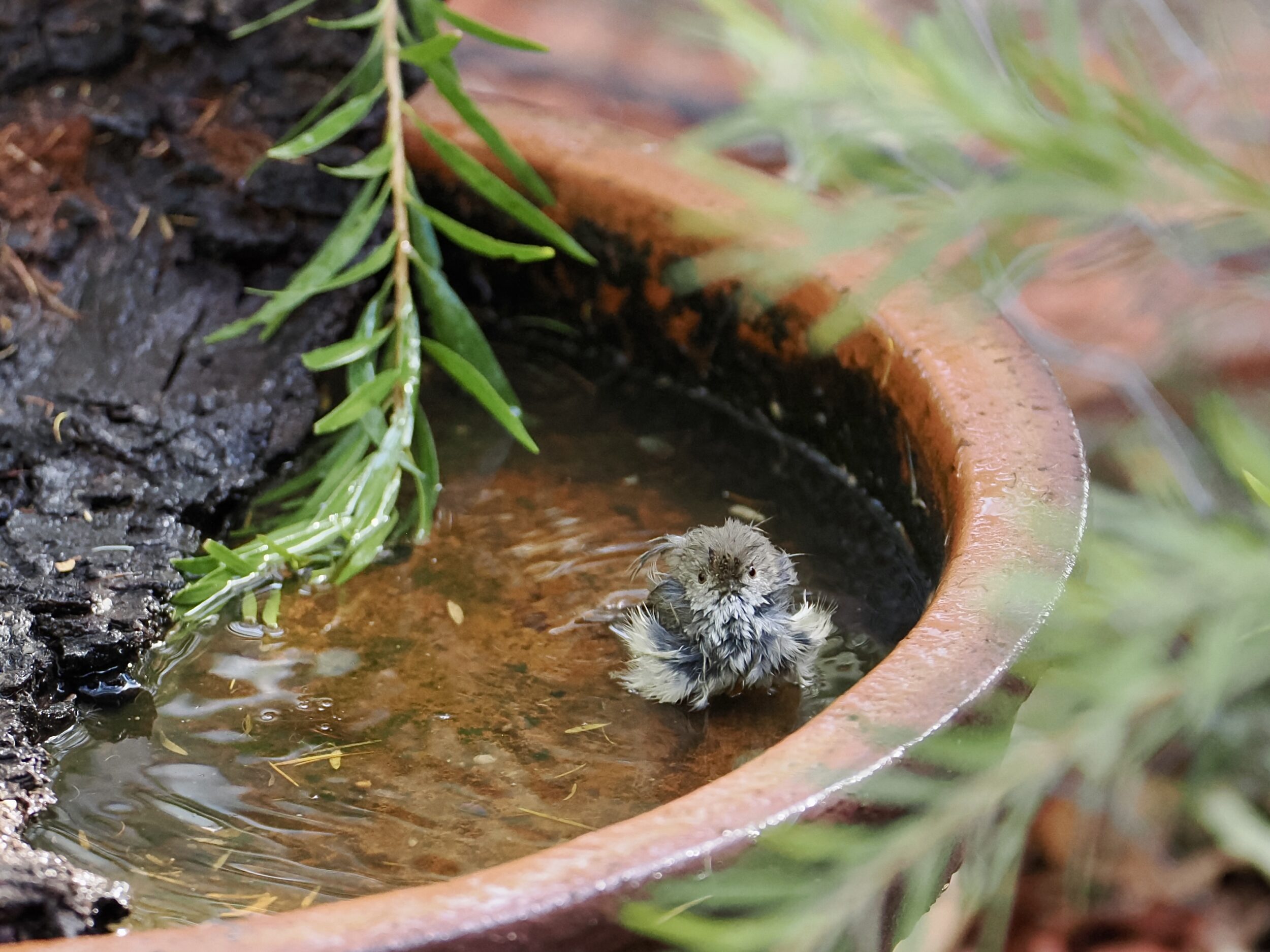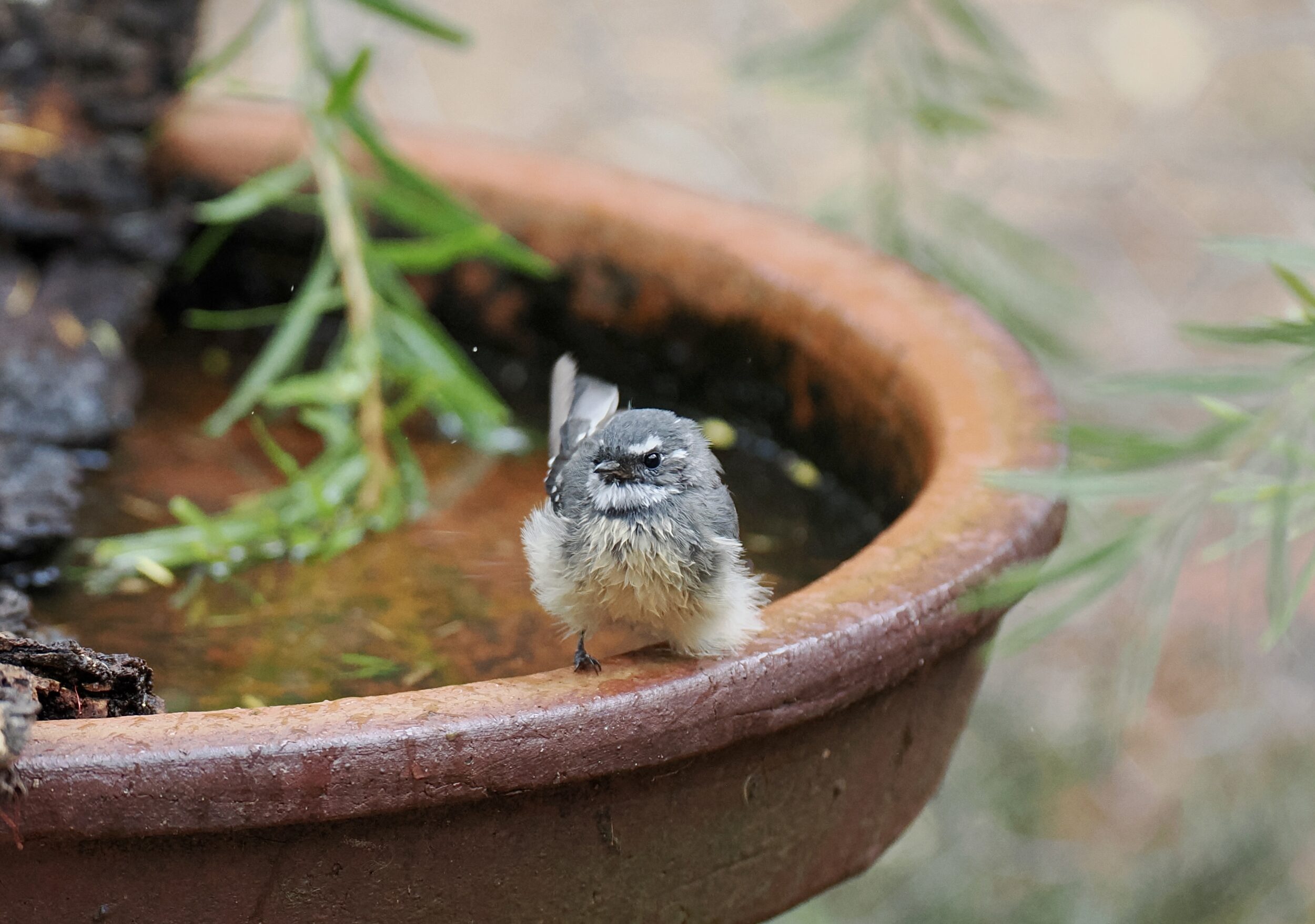It is very safe to assume that on 26 March 2025 the pictured grassy “runway” experienced more landings, take-offs and taxiings than did Flinders Island’s airport.
At the airport each such action was a “one at a time” affair; in the paddock, invariably, each such event simultaneously involved a pair of partners-for-life.
The featured photo and the one below were taken within a few seconds of each other, and they show the same couple.
Leave a Comment